Facade specialist Kris Zakrzewski MCIOB reports from the front line of construction’s most complex projects
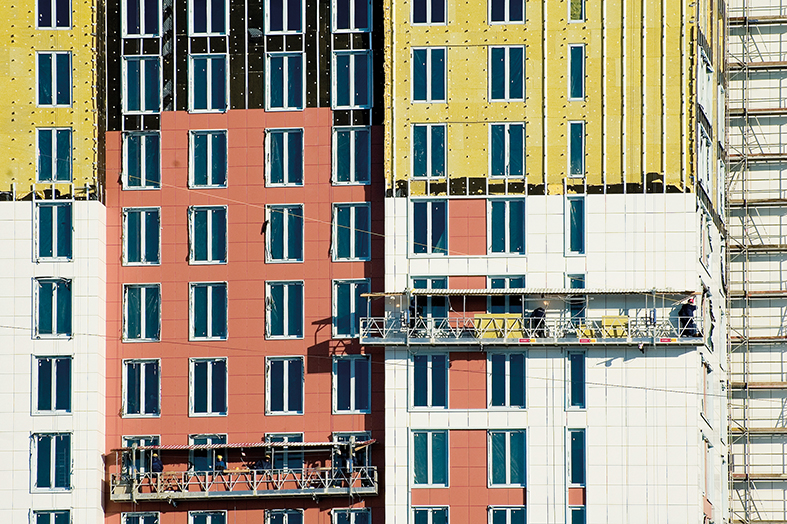
Cladding remediation on higher-risk buildings (HRB) is one of the greatest challenges facing the industry today.
As a senior project manager working on facades, I witness firsthand how these schemes place pressure on every stage of delivery. Delays often begin long before work starts, and once on site, the reality of rebuilding facades while residents remain in their homes adds another layer of complexity.
A demanding regulatory backdrop
The regulatory landscape is tough. By 2029, all unsafe buildings must be made safe, yet progress is slow. Billions have been committed, but disputes over liability continue to stall projects.
Many buildings remain unidentified or unfunded, with costs expected to exceed £22bn. By the time schemes reach delivery teams like ours, it may already have faced years of delay and frustration.
Clients face enforcement deadlines, but procurement, surveys and funding rarely keep pace. Conflicting advice from consultants and intrusive investigations exposing hidden defects only add more revisions, uncertainty and mistrust.
Gateway bottlenecks
Delays at Gateway 2, managed by the Building Safety Regulator, are a major concern. At Envoy Projects, we have already gained insights into this by going through the Gateway 2 application process.
Although meant to take around 12 weeks, decisions frequently exceed the 20-week mark – and some projects wait nearly a year – disrupting timelines and costs. The problem lies on both sides: the regulator is still building capacity, while about one in five industry submissions fail validation due to unclear or incomplete information.
Even after clearing Gateway 2, the final hurdle – Gateway 3 – presents fresh risks. This is the last approval required for HRB works.
Early evidence does not inspire confidence. Only 7 out of 40 projects that applied in 2024 have actually received this approval. The goal of Gateway 3 makes perfect sense: it ensures what was planned is truly what was built, with full compliance.
On-site realities
Once work on site begins, the challenges continue. The technical complexity of cladding remediation requires that every elevation must be carefully deconstructed, inspected and rebuilt to comply with standards and regulations.
“Residents are at the heart of these projects, and their experience cannot be overlooked.”
In many cases, we uncover historic defects that were hidden until the old systems are stripped away, demanding redesign. Any change must follow strict procedures outlined in the legislation.
This can pose an additional challenge where projects are government-funded and must meet strict approval procedures from both the funders and the BSR.
Working on occupied buildings brings significant challenges.
Scaffolding, mast climbers, cradles and weather conditions all create risks that must be carefully managed. Unlike standard construction sites, access and fire escape routes must be maintained at all times, with minimal disruption to residents.
Cladding remediation is also highly weather-sensitive. Because the building is occupied, it must remain weather-tight at all times. To protect residents, temporary fire alarms should be installed and ideally linked to the existing building system or the waking watch, ensuring clear and reliable safety throughout the works.
Residents at the heart
Residents themselves are at the heart of these projects, and their experience cannot be overlooked.
For many, cladding remediation is not simply a construction project; it is an unwelcome intrusion into their homes, often following years of anxiety about safety and financial liability. Noise, dust, restricted access all add strain.
Building trust through clear, empathetic communication becomes as critical as installing compliant materials. A project that fails to keep residents informed risks losing their cooperation, which can quickly derail progress.
Kris Zakrzewski MCIOB is senior project manager with facade specialist Envoy Projects, a Colorminium company.
Comments
Comments are closed.



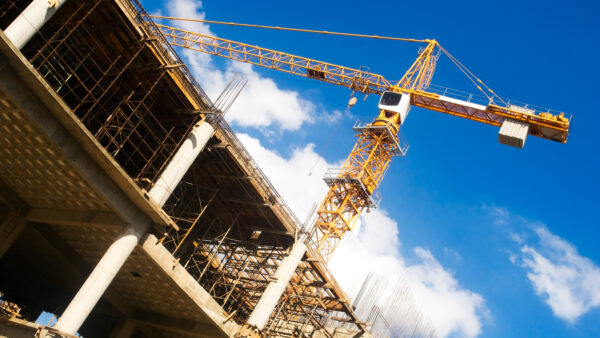
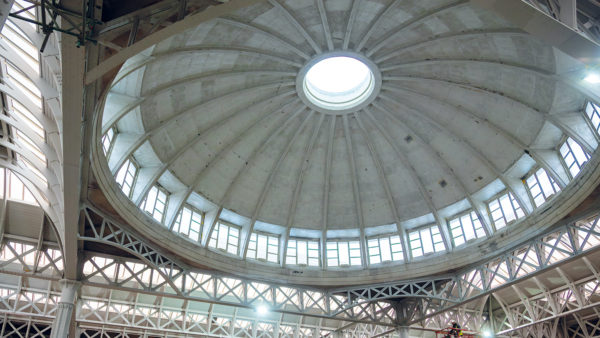
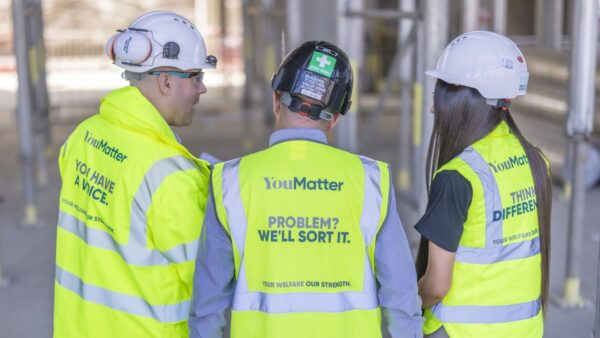
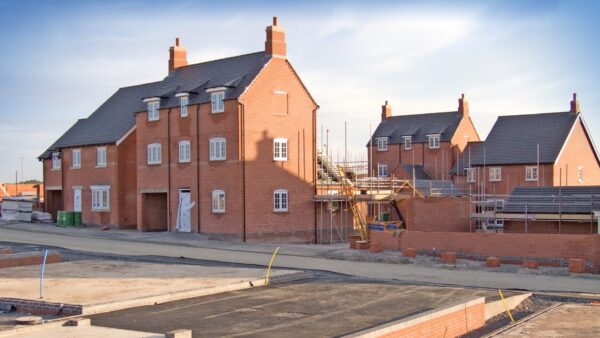
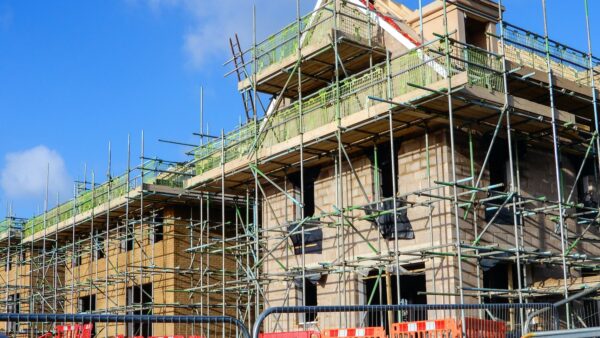
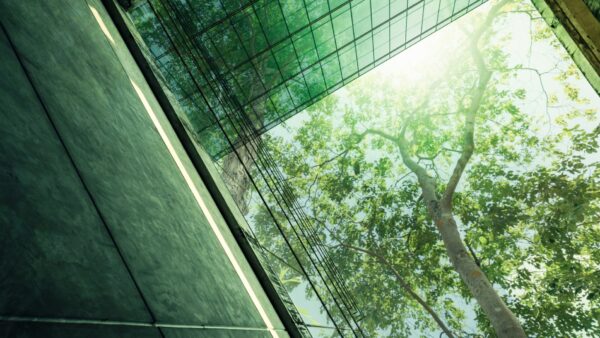
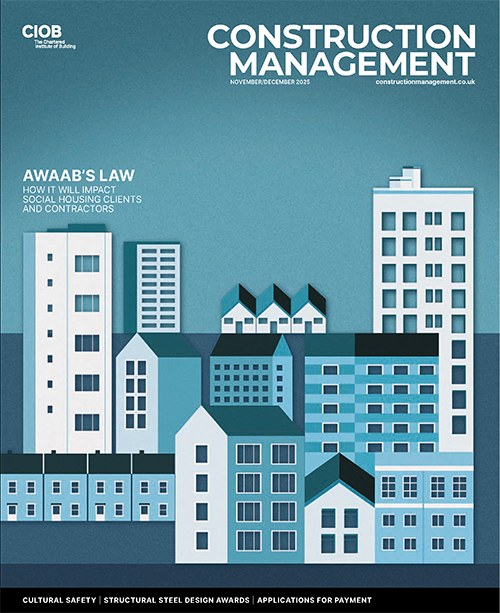
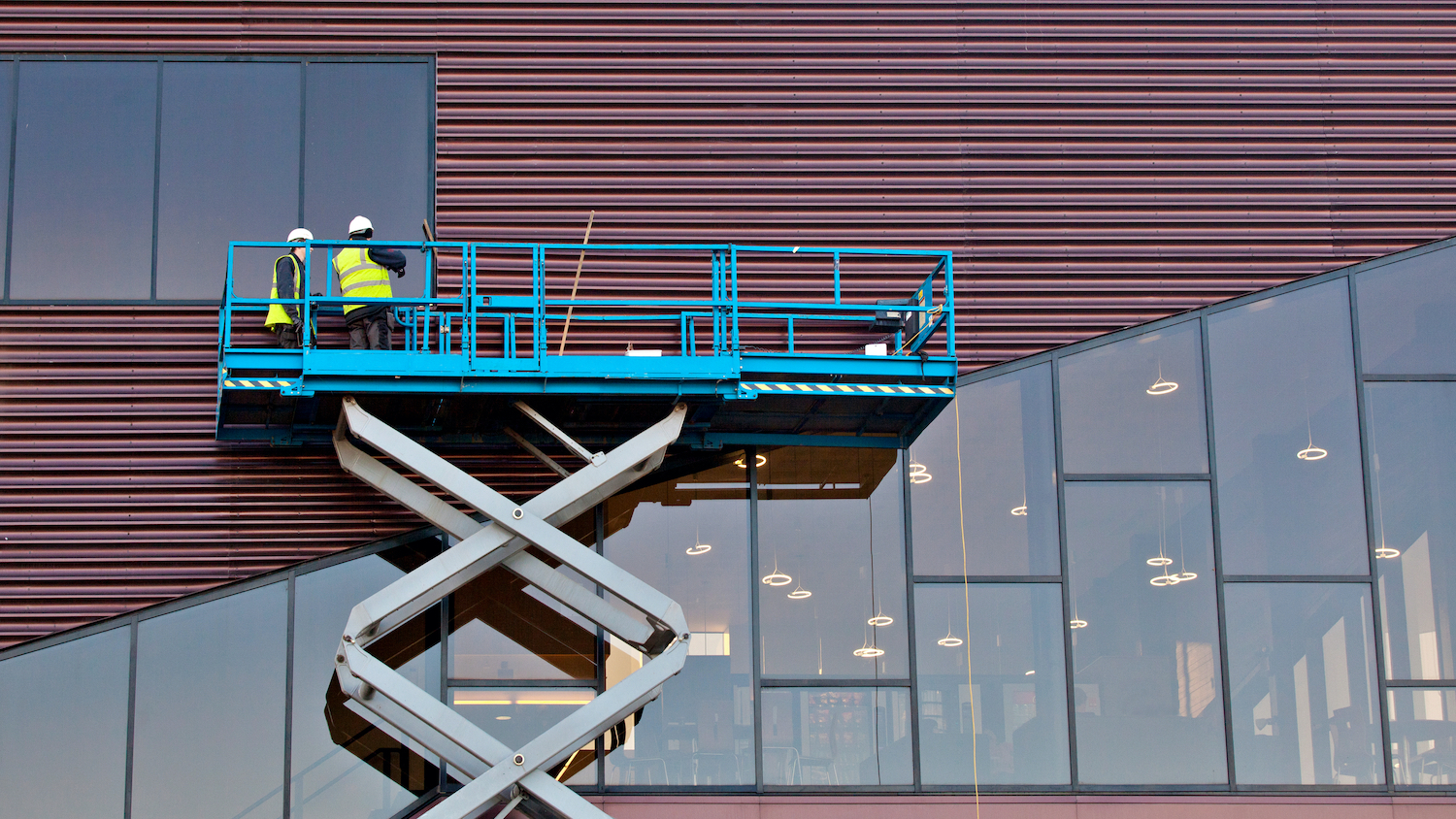

To avoid this happening in future we need to ensure that construction of high fire risk “homes “ are supervised by truly competent/experienced and trained persons
I always ensured that fire/noise barriers were installed by specialists companies and not an operative who probably did not know how critical their proper installation is
I suspect that many fire barriers have been left out completely…!?
Why the RRO was allowed defeats me
[BLAIR and others watch…]
John clinch [ ex mciat aciob ]